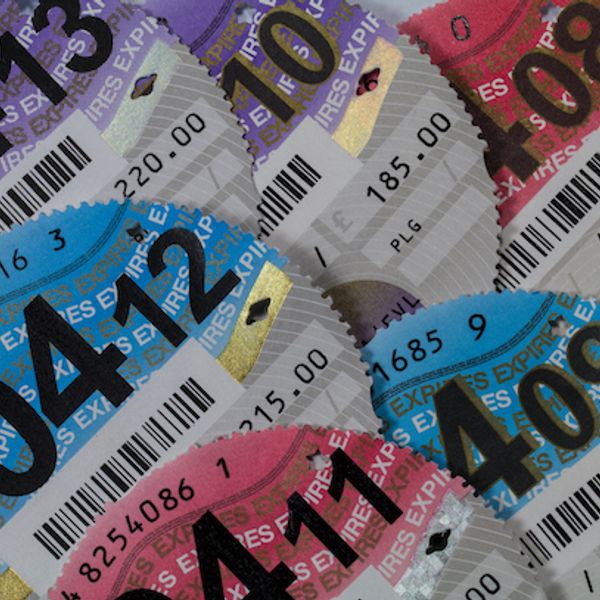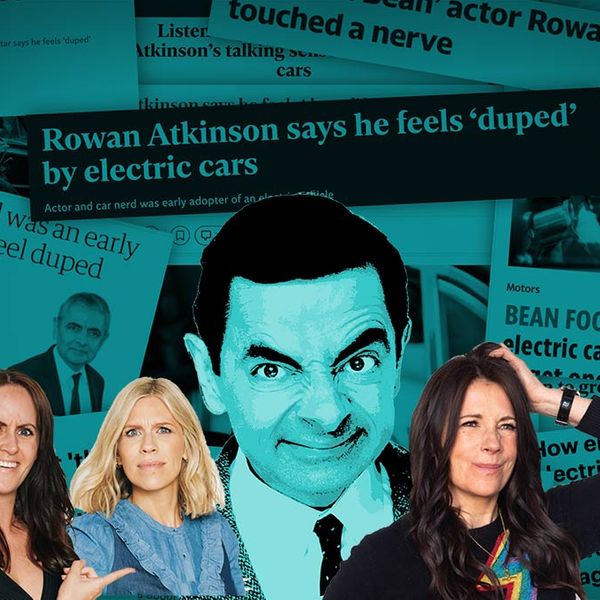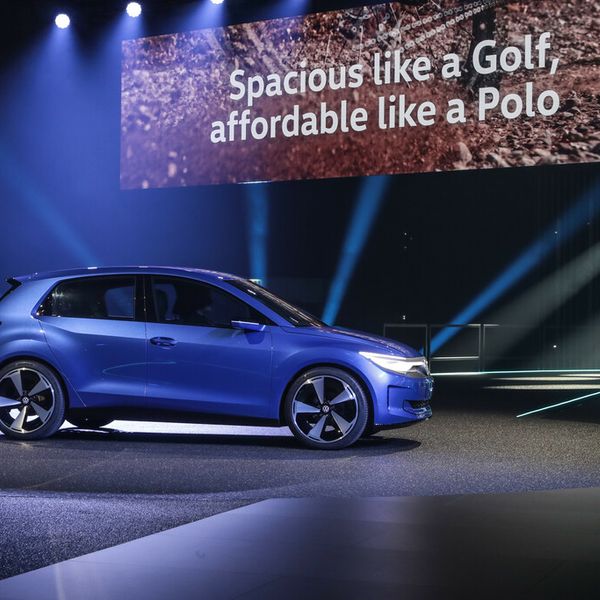I have been driving a wheelchair accessible vehicle (WAV) for four years, and my car means everything to me. I drive my powerchair in through the boot via a ramp and transfer to the driver seat. It is my lifeline to my family, my friends, it is my freedom, and independence. My small WAV, my Citroen Berlingo has changed my life, it gave me my life back. I love it. It might seem like an exaggeration, but my car opens my world up, and allows me to go where I want, whenever I want, which is something I do not have in a lot of other aspects of my life.
Yet as we inevitably move closer to everyone driving electric vehicles, I am concerned that I may lose some of my independence when moving to an Electric WAV in the next few years.
Having a disability that causes chronic pain means I do not know how I will feel from one day to the next, and therefore planning becomes difficult. My health is so unreliable that I am constantly having to rearrange social events, and I depend on my WAV to get me to places when I am able in my own time and a comfortable way.
![]() Sarah's Citroen Berlingo has given her a life back, she says
Sarah's Citroen Berlingo has given her a life back, she says For a disabled person, public transport is often unreliable. I cannot recall a time I used public transport, as a wheelchair user that went well. I have been left on trains too many times to mention, I have arrived at train stations and the lifts have been broken.
Public transport is a challenge for disabled people. It is much easier for me to drive to my destination in the comfort of my WAV. I can leave when I want, and I don’t have to rely on anyone else to help me get my ramp down as I can do it completely unaided.
My worries about switching to electric are:
- Being able to find an accessible charging point while out and about
- Manoeuvring the cable from the boot to the charge point while using a wheelchair/mobility device is very difficult, especially when using crutches or a manual wheelchair as both hands would be in use
- Chargers are too high up and the screens are not visible from a seated position
- The bays are too small to unload wheelchair – there is often not a lot of space to transfer into or access your wheelchair and a lack of dropped kerbs near charging points
- Navigating around the charging ports in a wheelchair is challenging – access around the charging points is difficult, often up a kerb, on narrow obstructed pavements
- Being able to physically lift the rapid electric charging cable – some cables are thick and heavy, this will be an issue for me as I have limited strength, mobility and dexterity
- Always requiring assistance to help me charge my WAV and never being able to go anywhere on my own
![]() Driving is more reliable than public transport, but most charge points are not designed with access in mind
Driving is more reliable than public transport, but most charge points are not designed with access in mind My other main concern is that small WAV’s, like mine, make up 40% of the market and there are currently technical barriers manufacturing them due to the placement of the battery and the location of the ramp. However, this is something that manufacturers, the Government, and Motability Operations (as well as many other companies) are working on, as they recognise they cannot leave the most vulnerable members of society behind.
The access needs of those with an impairment needs to be considered and testing of charging stations should be undertaken with disabled people involved. Manufacturers should be testing in-car charging equipment with disabled people included, with our voices heard and valued.
It is vital that more research goes into the user experience of the disabled motorist that will be using the electric vehicle and there needs to be government regulation to ensure disabled people’s needs are met. Manufacturers need to keep disabled people in the forefront of their mind when developing new models.
There is a lot to be done to meet the needs of the electric WAV driver but I attended a conference recently where industry heads in the electric vehicle market discussed how passionate about making changes and shared their ideas on how they would implement them, so I have faith. It will take time, but I am confident disabled people will notice a difference soon.
![]() WAV conversions of electric vehicles will require the battery to be relocated for ramp access
WAV conversions of electric vehicles will require the battery to be relocated for ramp access  Sarah's Citroen Berlingo has given her a life back, she says
Sarah's Citroen Berlingo has given her a life back, she says 













